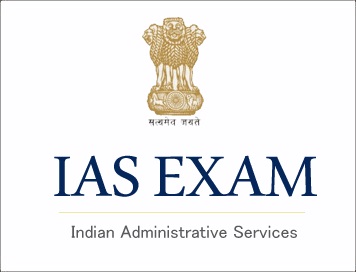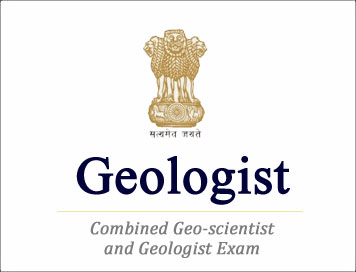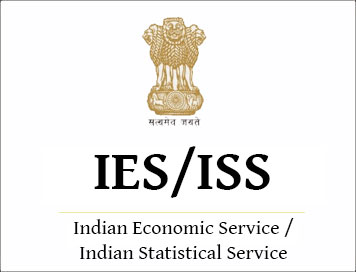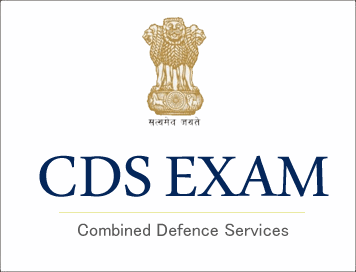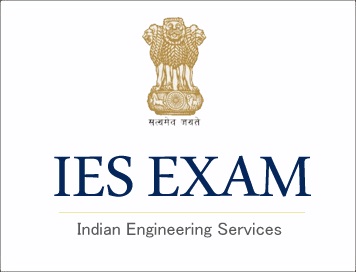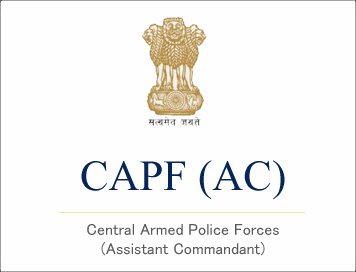
UPSC Mains Exam Syllabus - Agricultural Engineering (Optional)
::Paper – 1::
Section "A"
1. Soil and Water Conservation : Scope of soil and water conservation. Mechanics and types of erosion, their causes. Mechanics and types of erosion, their causes. Rainfall, runoff and sedimentation relationships and their measurement. Soil erosion control measures - biological and engineering including stream bank protectionvegetative barriers, contour bunds, contour trenches, contour stone walls, contour ditches, terraces, outlets and grassed waterways. Gully control structures - temporary and permanent - design of permanent soil conservation structures such as chute, drop and drop inlet spillways. Design of farm ponds and percolation ponds. Principles of flood control-flood routing. Watershed Management - investigation, planning and implementation - selection of priority areas and water shed work plan, water harvesting and moisture conservation. Land development - leveling, estimation of earth volumes and costing. Wind Erosion process - design for shelter belts and wind brakes and their management. Forest (Conservation) Act.
2. Aerial Photography and Remote Sensing : Basic characteristics of photographic images, interpretation keys, equipment for interpretation, imagery interpretation for land use, geology, soil and forestry. Remote sensing - merits and demerits of conventional and remote sensing approaches. Types of satellite images, fundamentals of satellite image interpretation, techniques of visual and digital interpretations for soil, water and land use management. Use of GIS in planning and development of watersheds, forests including forest cover, water resources etc.
Section "B"
3. Irrigation and Drainage : Sources of water for irrigation. Planning and design of minor irrigation projects. Techniques of measuring soil moisture - laboratory and in situ, Soil-water plant relationships. Water requirement of crops. Planning conjunctive use of surface and ground water. Measurement of irrigation water, measuring devices - orifices, weirs and flumes. Methods of irrigation - surface, sprinkler and drip, fertigation. Irrigation efficiencies and their estimation. Design and construction of canals, field channels, underground pipelines, head-gates, diversion boxes and structures for road crossing.
Occurrence of ground water, hydraulics of wells, types of wells (tube wells and open wells) and their construction. Well development and testing. Pumps-types, selection and installation. Rehabilitation of sick and failed wells.
Drainage causes of water logging and salt problem. Methods of drainage- drainage of irrigated and unirrigated lands, design of surface, sub-surface and vertical drainage systems. Improvement and utilization of poor quality water. Reclamation of saline and alkali soils. Economics of irrigation and drainage systems. Use of waste water for irrigation - standards of waste water for sustained irrigation, feasibility and economics.
4. Agricultural Structures : Site selection, design and construction of farmstead - farm house, cattle shed, dairy bam, poultry shed, hog housing, machinery and implement shed, storage structures for food grains, feed and forage. Design and construction of fences and farm roads.
Structures for plant environment – green houses, poly houses and shade houses. Common building materials used in construction - timber, brick, stone, tiles, concrete etc and their properties. Water supply, drainage and sanitation system.






